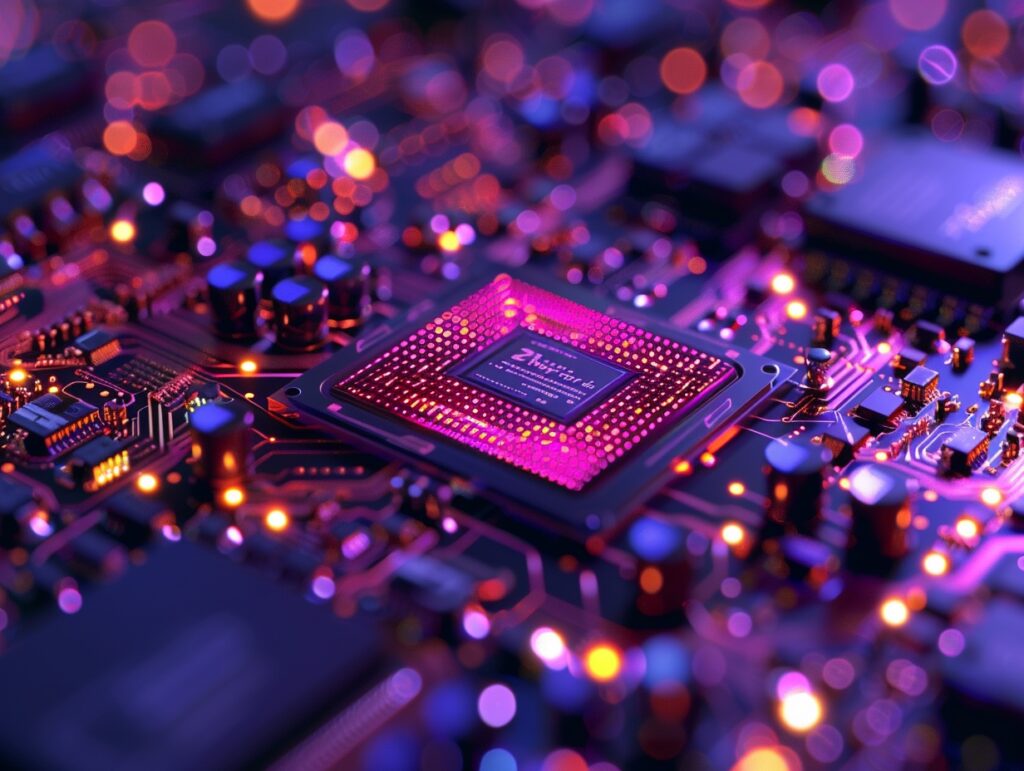Is NVIDIA Steering the Course of AI’s Future, or Coercing It?

In the fiercely competitive arena of artificial intelligence (AI) and data center operations, NVIDIA has long stood as a colossus, driving innovations and dominating the market with its advanced GPU technologies. Yet, emerging allegations suggest a darker narrative, one where the tech giant is accused of wielding its market power to stifle competition and control customer choices. But how does this strategy impact the broader tech ecosystem, and what could it mean for the future of AI development?
NVIDIA has towered over the GPU and AI accelerator market for over a decade, supplying cutting edge hardware that powers leading tech giants and research labs. Yet simmering antitrust allegations charge the semiconductor titan with illegally suppressing competition – deploying deceptive tactics to strong-arm partners and lock customers into its ecosystem.
“By undermining rivals, NVIDIA is essentially holding the AI industry hostage – stifling innovation and consumer choice,” warned Lee Mathews, editor of Fierce Electronics. “Its dominance of key hardware remains virtually impenetrable despite growing scrutiny.”
These coercive business practices have far-reaching impacts, determining what architectures and technical standards steer ongoing AI development. As machine learning continues infiltrating strategic sectors like finance, healthcare and transportation, concerns mount over consolidation of control. But efforts to diversely democratize access to enabling technologies ultimately hinge on confronting the NVIDIA dynasty head-on.
NVIDIA's Dominance and Its Discontents

At the heart of these concerns are claims brought forth by GroQ, a nascent AI chipmaker, asserting that NVIDIA may deliberately delay shipments to data center customers exploring alternative suppliers. This tactic, if true, not only underscores the intense rivalry in the AI hardware space but also highlights the precarious position of customers caught between innovation and loyalty. NVIDIA’s purported strategy raises critical questions about market freedom and the ethical dimensions of corporate influence.
The tech giant’s history of aggressive market strategies isn’t without precedent. The GeForce Partner Program (GPP) controversy, where NVIDIA faced backlash over its dealings with partners and resellers, illustrates a pattern of behavior that critics argue stifles competition and innovation. Despite NVIDIA’s assurances of fair supply practices, the echoes of past controversies linger, painting a complex picture of a company navigating the tightrope between market leadership and monopolistic tendencies.
The Broader Canvas
NVIDIA’s influence extends beyond mere supplier-customer dynamics, affecting OEMs, AIBs, and even media coverage within the tech industry. The implications of such influence are profound, potentially shaping the trajectory of AI development and deployment. The tech giant’s strategic maneuvers highlight the delicate balance between fostering innovation and maintaining a competitive market.
Moreover, the situation illuminates the broader economic factors at play. In a market increasingly dependent on AI and machine learning, NVIDIA’s position as a gatekeeper of critical technology puts it at the center of a complex web of economic and technological dependencies. The company’s actions, therefore, have ripple effects across the global tech landscape, influencing everything from startup viability to the strategic decisions of established tech behemoths.

The Crossroads of AI's Closed Ecosystem Domination

NVIDIA’s relentless efforts to extend its proprietary grip over core GPU-powered markets send ripples across the AI landscape – threatening to lock out open ecosystems and alternative visions.
As machine learning permeates major sectors, dependence on NVIDIA’s closed architectures risks stagnating development trajectories within the parameters of its commercial interests rather than the most socially beneficial directions.
“By wielding its position as AI’s de facto industrial gatekeeper against competitors while binding partners through punitive contractual strings, NVIDIA essentially funnels progress down prescribed, monetizable tracks,” warned an anonymous technology ethics fellow.
However, promising initiatives aimed at decentralizing access could loosen constraints – like open standard model architectures, university dataset repositories and collaborative tools forged via pre-competitive alliances.
Ultimately, realizing AI’s transformative potential depends greatly on upholding diversity and interoperability between empowered participants pursuing plurality of thought. Though as integrated data-to-silicon behemoths extend dominance, the window for intervention narrows against their swelling gravity fields.
Navigating the Future Landscape
As we delve deeper into this narrative, the long-term effects of NVIDIA’s market strategies become a focal point of discussion. The tech industry, celebrated for its rapid innovation and dynamic competition, may face a future where a handful of giants exert disproportionate influence, potentially stifling the diversity of ideas and innovation that have long been its hallmark.
The critical nature of financial adaptability and resilience in the face of such challenges cannot be overstated. For the broader industry and those who operate within it, the ability to navigate these complex dynamics—balancing innovation with ethical business practices—will be paramount. As NVIDIA continues to chart its course in the AI and data center markets, the industry and its observers must remain vigilant, fostering a competitive environment that encourages innovation while safeguarding the principles of fair play and open competition.



